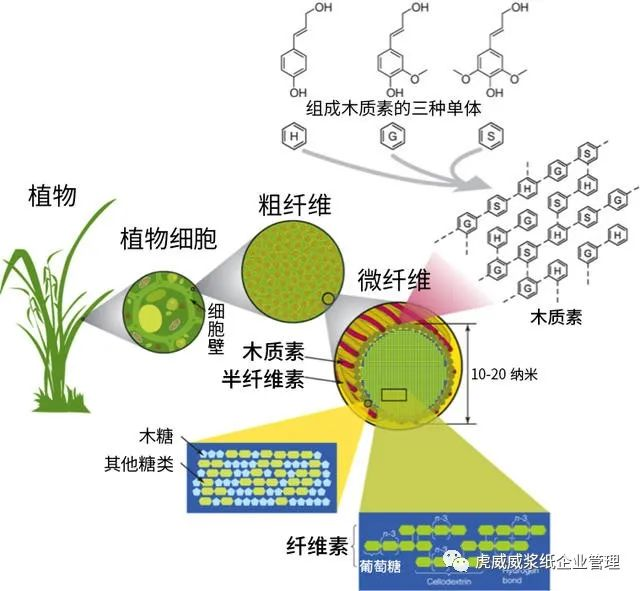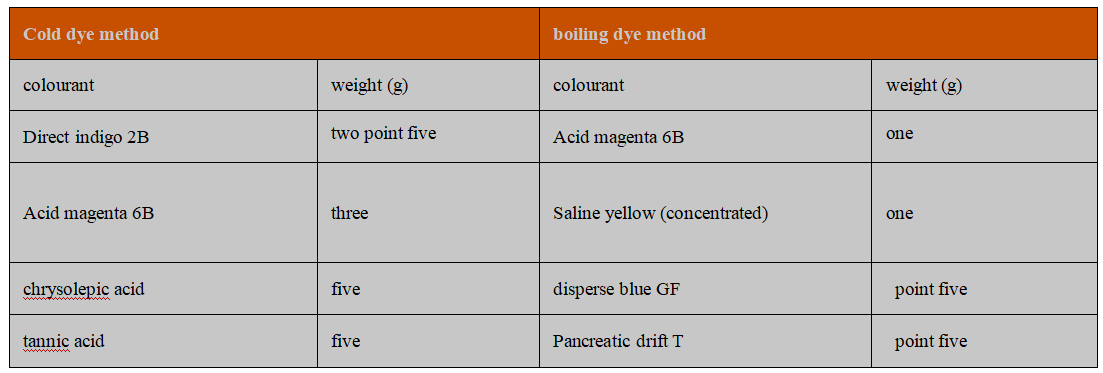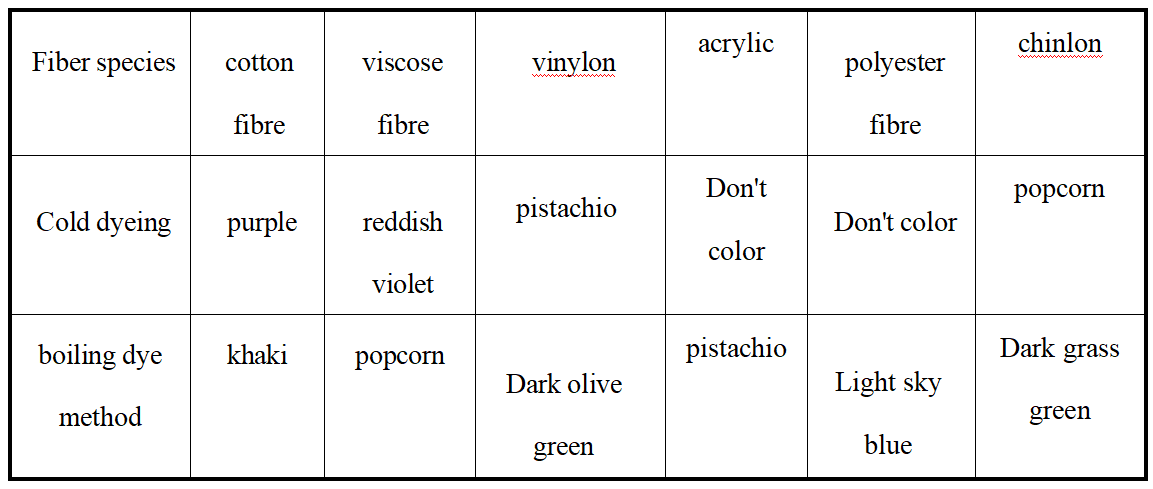
Company Profile Chengdu Qingya Paper Co., Ltd., founded in 2007, is a professional enterprise committed to bamboo pulp and bagasse pulp products. In the bamboo paper industry, we have a profound accumulation of over twenty years. Our product portfolio is diverse, including bamboo pulp kraft paper, bamboo pulp copy paper, bamboo pulp series of household paper, etc., mainly using bamboo pulp fiber and wood pulp fiber as raw materials. The company has long supplied bamboo pulp and sugarcane pulp as well as semi-finished paper products and also provided professional paper OEM processing services. Our company owns independent brands like "QY" and "Zhuqingzhu". Our products, with bamboo pulp as the main raw material, cover bamboo pulp copy paper, bamboo pulp household paper, bamboo fiber wet wipes and other bamboo fiber products and are popular globally. The company always adheres to the principles of stable quality and top reputation, winning high acclaim and full trust from a large number of agents and customers. As people's environmental awareness keeps growing, bamboo pulp paper products are attracting increasing attention. Qingya Paper has also contributed its share to the environmental protection cause. Currently, we have established good business cooperation relationships with countries and regions such as the United States, Africa, Europe, and the Middle East. Meanwhile, we warmly welcome other foreign customers to contact us to jointly explore the broad market.
12 fiber identification methods (7) - - -staining method
The staining method is used to identify fibers, mainly by using the different color reaction of various fibers to dyes. There are two kinds of cold dyeing and boiling dyeing. The formulas of the staining method are shown in Table 4.
Table 4 Dtaining method formulation

Pour the formula in Table 4 into 50 ml of ethanol and stir until dissolved, then dilute to 500 ml with distilled water. The cold dyeing method directly puts the fiber into the solution for dyeing, and then rinse the fiber with cold water to squeeze out water and observe the color for identification; By the boiling dyeing method, put the fiber into the solution for staining, boil for 3 minutes for 3 times, and then rinse into 0.1% pancreas and floating T solution to squeeze out water and observe the color for identification. The staining reactions of the various fibers are shown in Table Table 5.
Table 5. Staining reactions of the various fibers
